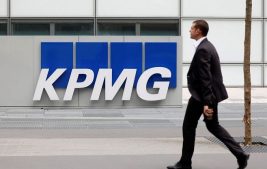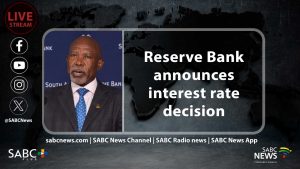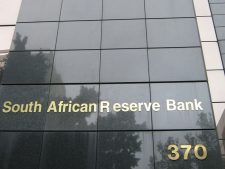The Reserve Bank has released its Quarterly Bulletin covering the second quarter. In its reflections over the April to June period, it highlighted that economic growth contracted by 0.7 percent, driven by most sectors especially the productive sectors like agriculture, manufacturing and mining.
However, the services sector which includes transport, finance and real estate, among others, grew by 0.7 %. The second quarter’s generally poorer performance was underpinned by the floods in KZN and power outages.
The SARB’s quarterly report indicates that household debt rose, with debt service costs as a percentage of disposable income in the second quarter, rising to 64.6 %, up from 64.3 % in the first quarter.
While a cause for concern as households battle the higher cost of living, these debt ratios are still lower than those recorded pre the COVID-19 pandemic.
“There has been a tendency for people to start borrowing more in recent quarters and I interpret that as being an indication that people are now borrowing more in order to compensate for the erosion of their disposable incomes through higher inflation,” says Chief economist at Econometrix Dr Azar Jammine,
During the second quarter, South Africa’s trade surplus with the rest of the world narrowed, decreasing by R100 billion to R272 billion.
The value of the country’s exports has been coming down relative to the value of imports. And with the local currency weakening, this could spell the importation of higher inflation going forward.
“Immediately after Russia’s invasion of Ukraine, the price of coal went up, an important export commodity for SA. What we are now seeing is that the counter-balance to these rising commodity prices, they have driven inflation up all around the world to levels that haven’t been seen for 40/50 years and this is compelling central banks around the world to tighten monetary policy to increase interest rates sharply and in anticipation of a major slowdown in global economic activity, commodity prices have started falling,” Jammine added.
Ultimately, the country’s current energy challenges are likely to undermine any future economic growth prospects in the short term at least.
“Undoubtedly, it is going to result in the need to revise downwards forecasts for economic growth, models, stage 6 situation,” Jammine reiterates.
One of the positive outcomes in the second quarter was a boost in private sector investment which contributed to the growth of real gross fixed capital formation which rose by 0.5 % on the first quarter.
A significant chunk of this investment includes the private sector’s building of new energy capacity following government making it easier for private players to produce up to 100 MW of power, with that limit essentially removed in July.






